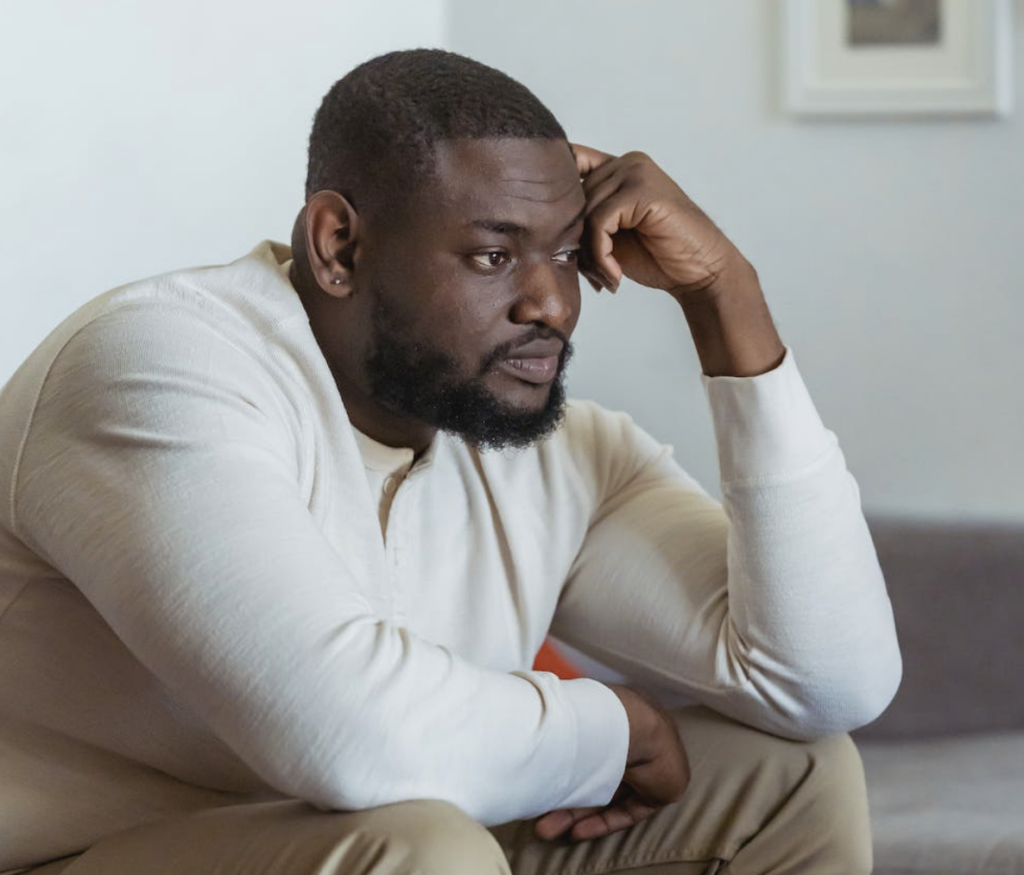Relationships are a complex dance between two unique individuals with their own set of needs, communication styles, and emotional responses. In many partnerships, one person often adopts the role of a pursuer, while the other becomes a withdrawer. Understanding these roles and how they can impact a relationship is essential for building healthier connections. In this article, we’ll explore what it means to be a pursuer and a withdrawer in a relationship and provide insights into how couples can bridge the gap for better understanding and communication.
What is a Pursuer?
The pursuer is the spouse in the relationship who tends to seek closeness, intimacy, and emotional connection more actively. They may express their needs for attention, affection, and reassurance frequently and can be sensitive to any perceived emotional distance from their spouse.
Pursuers often feel more secure when they feel emotionally connected to their significant other and may experience anxiety or distress when they sense detachment or distance.
Characteristics of a Pursuer:
- Seeking Reassurance: Pursuers often need regular reassurance that their spouse cares for them and is emotionally available.
- Initiating Conversations: They are more likely to initiate discussions about the relationship, their feelings, and any issues they may be facing.
- Expressing Vulnerability: Pursuers are comfortable expressing their emotions and may want their spouse to do the same.
- Intensity in Conflict: When conflicts arise, pursuers may become more emotionally charged and passionate in expressing their needs.
- Fear of Abandonment: They may have an underlying fear of being abandoned or left alone, leading to a heightened desire for emotional connection.

What is a Withdrawer?
On the other side of the spectrum, the withdrawer is the spouse who tends to retreat or distance themselves emotionally when faced with relationship challenges. Withdrawers may find it challenging to express their feelings openly, preferring to avoid conflict and maintain a sense of emotional independence. They may see space and time alone as a way to process emotions and recharge.
Characteristics of a Withdrawer:
- Avoiding Conflict: Withdrawers may prefer to avoid conflict or emotionally charged conversations to maintain emotional equilibrium.
- Needing Space: They often need time alone to process their feelings and may withdraw physically or emotionally during difficult moments.
- Difficulty Expressing Emotions: Withdrawers may struggle to articulate their emotions or may feel overwhelmed by intense emotional situations.
- Independence: They may value their independence and autonomy, even within the context of a committed relationship.
- Fear of Engulfment: There might be an underlying fear of being overwhelmed or engulfed by emotional demands, leading them to withdraw as a protective mechanism.

Impact on the Relationship
The dynamic between pursuers and withdrawers can create challenges in a relationship. Pursuers may feel unimportant or rejected when their spouse withdraws, and withdrawers might feel overwhelmed or trapped by their spouses emotional needs. This pattern can lead to a cycle of pursuit and withdrawal, causing frustration and misunderstandings.
Bridging the Gap
To create a healthier and more harmonious relationship, it’s crucial for both spouses to recognize their roles as pursuers or withdrawers and take steps towards bridging the gap:
- Practice Empathy: Both spouses should make an effort to understand each other’s emotional needs and coping mechanisms without judgment.
- Enhance Communication: Pursuers can practice giving their spouse space when needed, and withdrawers can work on expressing their emotions more openly.
- Establish Boundaries: Set healthy boundaries to ensure both spouses have the space they need while still maintaining emotional connection.
- Seek Professional Help: If the pursuer-withdrawer cycle becomes deeply ingrained or damaging, couples therapy can provide valuable insights and tools for breaking the pattern.
- Cultivate Emotional Awareness: Both spouses can work on becoming more aware of their emotional responses and triggers to foster understanding.

Understanding the roles of pursuers and withdrawers in a relationship can provide valuable insights into each spouses emotional needs and communication styles. By cultivating empathy, open communication, and emotional awareness, couples can bridge the gap between these roles, leading to a deeper and more fulfilling connection in their relationship. Remember, relationships are a journey of growth and learning, and by working together, couples can create a stronger and more resilient bond.
Ultimate Intimacy
Want to have the marriage and intimacy you have dreamed of? All you have to do is download the Ultimate Intimacy App for couples! It’s FREE to download and will transform your marriage! Find out why over 650,000 couples have download the app and give it such a high rating!

